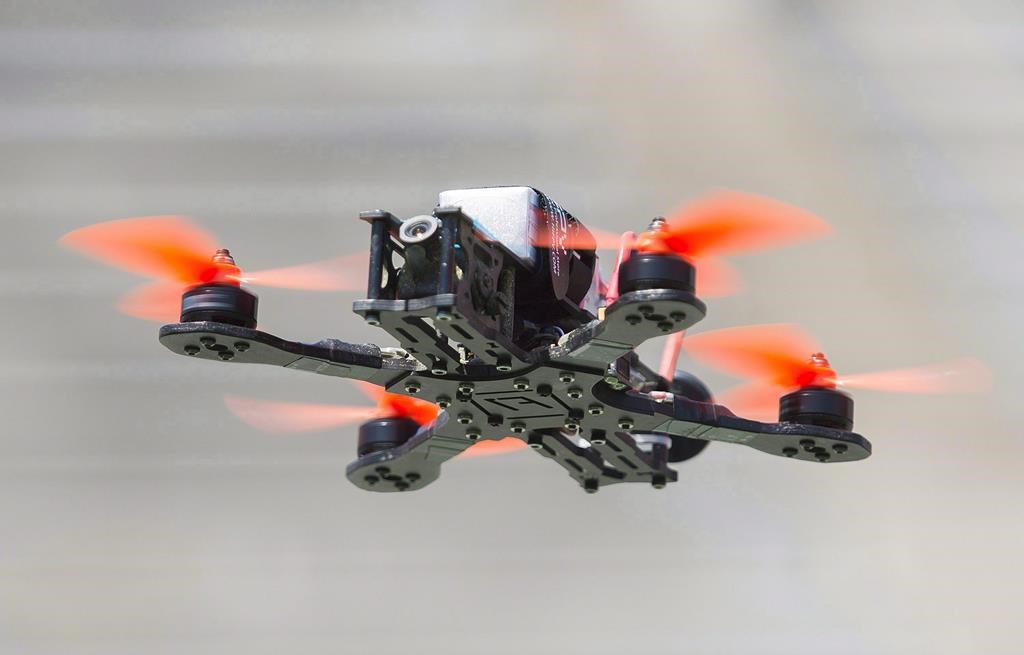Trains, planes and automobiles — and drones.

Canada and the West continue to be vulnerable to many of the same traditional methods of attacks used by terrorists as in recent years.
READ MORE: Government response to motion on bringing ISIS members to justice emphasizes prosecution challenges
A number of actors concern the authorities. Most significant remains the threat Sunni Islamist extremists might launch attacks with easy-access tools like knives or vehicles. Other threats have emerged, such as those from far-right extremists or even those without any clear attachment to a traditional ideology, such as the man accused in the Toronto van attack who had links to the “incel” movement.
According to the newly-released annual Terrorism Threat Report from Public Safety Canada, those actors pose the most significant threats for Canadians but as law enforcement and security continue efforts to reduce the risks of attacks based on those they have seen before, alternatives methods such as attack by drone are also increasingly considered threats.
WATCH BELOW: Goodale responds to Global News report over returning ISIS fighters
As well, the release of some convicted terrorists in Europe in the coming years also warrants serious attention because of the potential they have either to re-attack or teach others how to do the same, the report suggests.

Get daily National news
The prospect of cyber attacks against Canadian infrastructure and interests by terrorist groups specifically, as opposed to those by state actors, remains a more limited risk, however.
“While some terrorist groups continue to express interest in developing more sophisticated cyber capabilities, their actual capability remains limited,” the report reads. “This means that their offensive cyber activities have generally been limited in scope and duration, such as denying service or defacing public websites.”
The report is part of a three-part release of terrorism-related documents from the federal government on Tuesday.
WATCH BELOW: Captured Canadian ISIS fighter says ‘executioner’ in infamous ISIS video is Canadian

Earlier in the day, Public Safety Minister Ralph Goodale tabled the government’s response to a motion put forward by Conservatives in October that called on the minister to outline exactly how the government plans to deal with returning foreign fighters.
Roughly 60 have returned from fighting with extremist groups in conflicts around the world in recent years.
However, exactly how many of those fought specifically with ISIS in Iraq and Syria remains unclear but the response says the number is “small.”
As Global News reported exclusively earlier this fall, there are 13 Canadians detained in Iraq and Syria on suspicion of having fought with ISIS.
Some of those are women and children either brought with their parents or born during the conflict.
In interviews with Global News, several of those foreign fighters have said they want to come back to Canada.
The government, however, says “there is no legal obligation” to facilitate their return.
- Retired Quebec teacher buys winning lottery ticket at last minute, wins $40M
- N.B. election: Higgs went to ‘very dark place’ with Liberal joke, opponent says
- GM, Volvo, Land Rover vehicles among those in big recall. What to know
- NDP want competition watchdog to probe potential rent-fixing by landlords








Comments